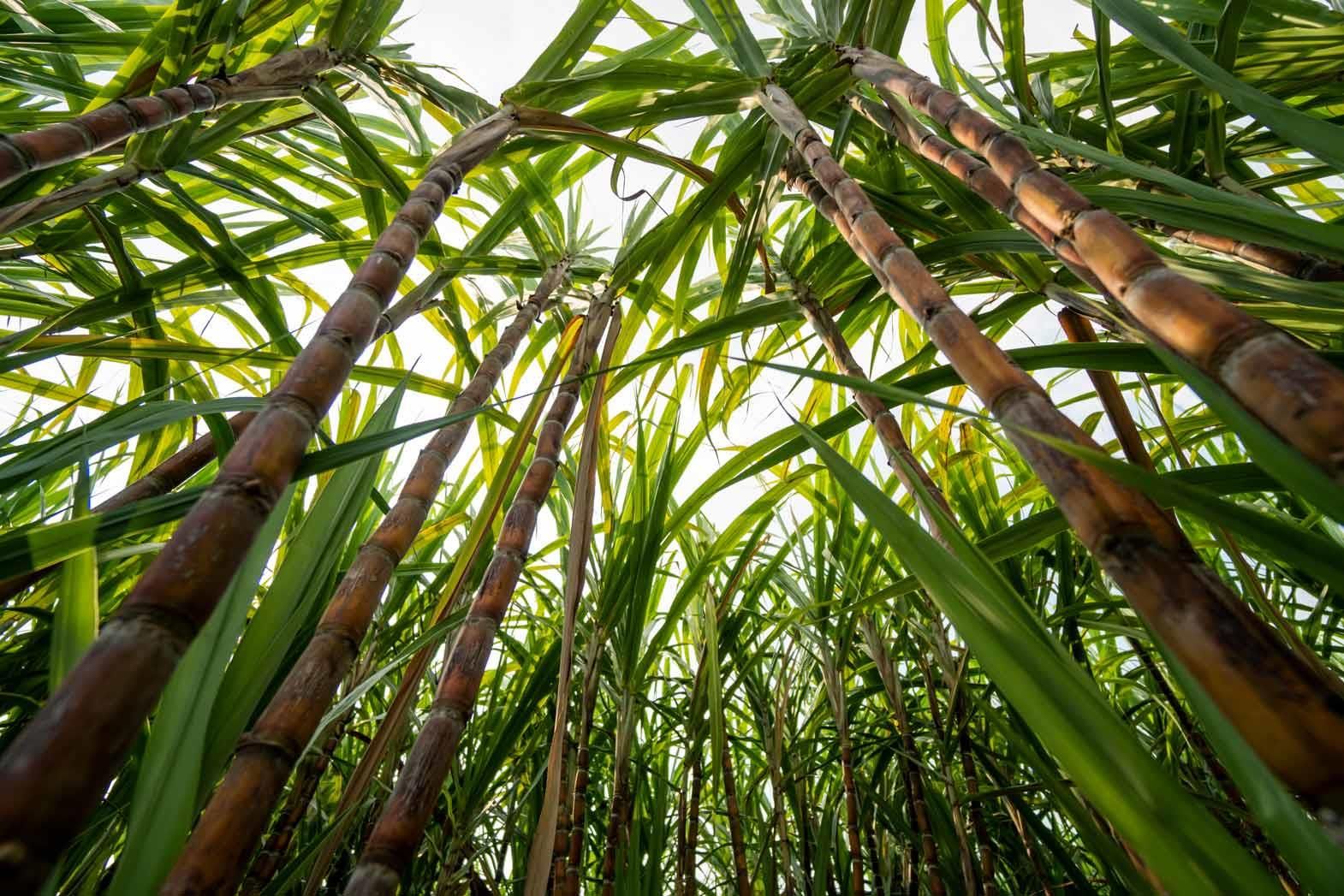The rise in demand for novel fibers has led to innovative ideas surging in the textile industry. Sugarcane bagasse, which is an abundant waste fibrous residue of sugarcane, is used in the apparel industry. Sugarcane is grown to extract sugar from its stalk. After the juice is extracted, the remaining sugarcane fiber pulp is called bagasse. Internationally, Brazil is a major producer of sugarcane, with a harvest expected to be 595.13 million tons in 2013.
Up until recently, bagasse was treated as a waste product and was often set ablaze, thereby causing air pollution. This residue is also consumed as fuel for mill boilers, animal fodder, and raw material for paper, etc., while surplus amounts are still left to be further disposed of. Bagasse is also used as a raw material in several types of building boards, production of ethanol, and polypropylene composites.
However, the yearly global production of 800 million tonnes of sugarcane, which results in 240 million tonnes of bagasse, should have found a more useful purpose - Apparel. Sugarcane bagasse is a complicated material that consists of roughly 50 percent cellulose, 25 percent hemi-cellulose, and the same percent of lignin.
In the apparel industry, bagasse is utilized for the production of textile rayon fibers such as viscose, modal, and lyocell. The bagasse is shredded, broken down with eco-friendly chemicals or other chemicals, and then, when it is still in liquid form, it is shot at very high pressure through tiny holes. This long strand of fiber is then solidified and spun into yarn. Rayon fibers are thus produced. Since rayon is manufactured from organically occurring polymers, it is considered a semi-synthetic fiber. Sugarcane rayon is glossier and more silk-like than wood pulp rayon. Sugarcane rayon, in particular, has a delightful luster, however, this could also merely be a manufacturing difference, and not a material difference.
While, the sugarcane fibre has been accepted by textile industries, there are still certain qualities, which are desirable for a fibre to be useful for textile purposes. Some of the basic requirements include the length of the fibre, which should be several hundred times the width, as this ensures that the fibres can be twisted together to form a yarn. The actual length of the fibre is also significant. The bagasse fibre can be noticeably long, but it should not be shorter than 6 to 12 mm. If the fibre is not of the desired length it might not hold together.
The length of extracted fibre bundles depends on extraction conditions and the extraction process. The fineness of the fabric is determined by the width of the fibre bundles. The bagasse fibres must also be strong to withstand spinning and weaving processes. Fibre strength is typically determined by tensile strength referred as 'tenacity'. Tenacity is the breaking load in grams divided by the linear density. Linear density, the mass or weight of a unit length of fibre, is given as grams per 1000m and called 'tex', or as grams per 9000m and called 'denier'. The tenacity of the sugarcane fibres also varies as per the extraction conditions.
Grasses such as sugarcane should not be confused with bast fibres, which represent fibres that are obtained from the stem or stalk of the plants. Grasses such as sugarcane have stems which contain several fibres, but they are not classified as bast fibres because of the arrangement pattern of the fibre bundles. In regular bast fibres the bundles are in a definite ring pattern, while in sugarcane the fibres are more randomly dispersed. Sugarcane stalk characteristics are different in different variety. The usual commercial varieties grown under normal field conditions have a height of 1.5 to 3 meters and are 1.8 to 5 cm in diameter. The stem surface can vary in colour and it can be greenish, yellowish or reddish.
Bagasse also is used to produce composites of natural fibres. Composite is a mixture of dispersed particles held together by a bonding agent of inorganic or organic origin. Some composites of natural fibres are used by the automobile industry, for textiles, for construction materials, with inorganic and organic matrices and more recently, recycled composites made of natural fibres are bonded with thermoplastic polymers.
Earlier, the Japanese dominated or rather had a sole authority over producing sugarcane fibre for apparel purpose. In Japan, several companies used blend of sugarcane and selvage denim to reproduce some of the finest quality jeans. The cane used in the process is sweet sorghum, commonly known as sweet millet. It's a very common grass, which is produced all over the world. It is mainly used for making a molasses-like syrup and animal feed. The Japanese companies mixed sugarcane fibre with sweet sorghum, which in turn gave the fabric a sweet smell. Since then, sugarcane fabric has been successful in inviting world-wide attention.
There are several benefits of garbing in fabric made out of sugarcane fibre. Sugarcane and its by-products contain essential amino acids and enzymes necessary to fuel and rejuvenate our bodies. There has been global acceptance of sugarcane fibre. Even with the advantages aside, the fall and the look of the fibre has encouraged the apparel world to choose sugarcane fibres over other synthetic fibres.
References:
1. Trendhunter.com
2. Marudesigns.blogspot.in
3. Wikpedia.com
4. Northeastfiberarts.com
5. Prweb.com








Comments